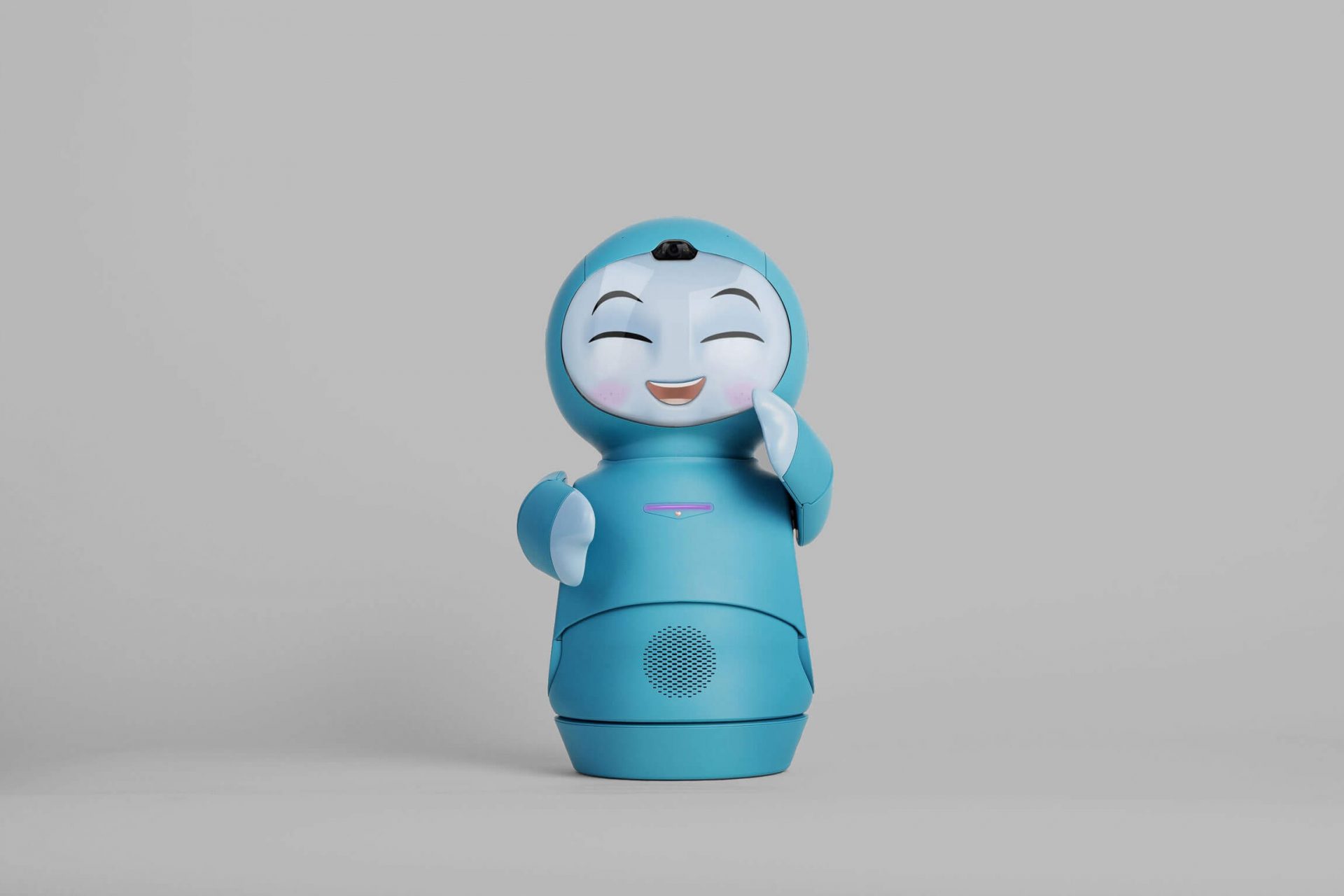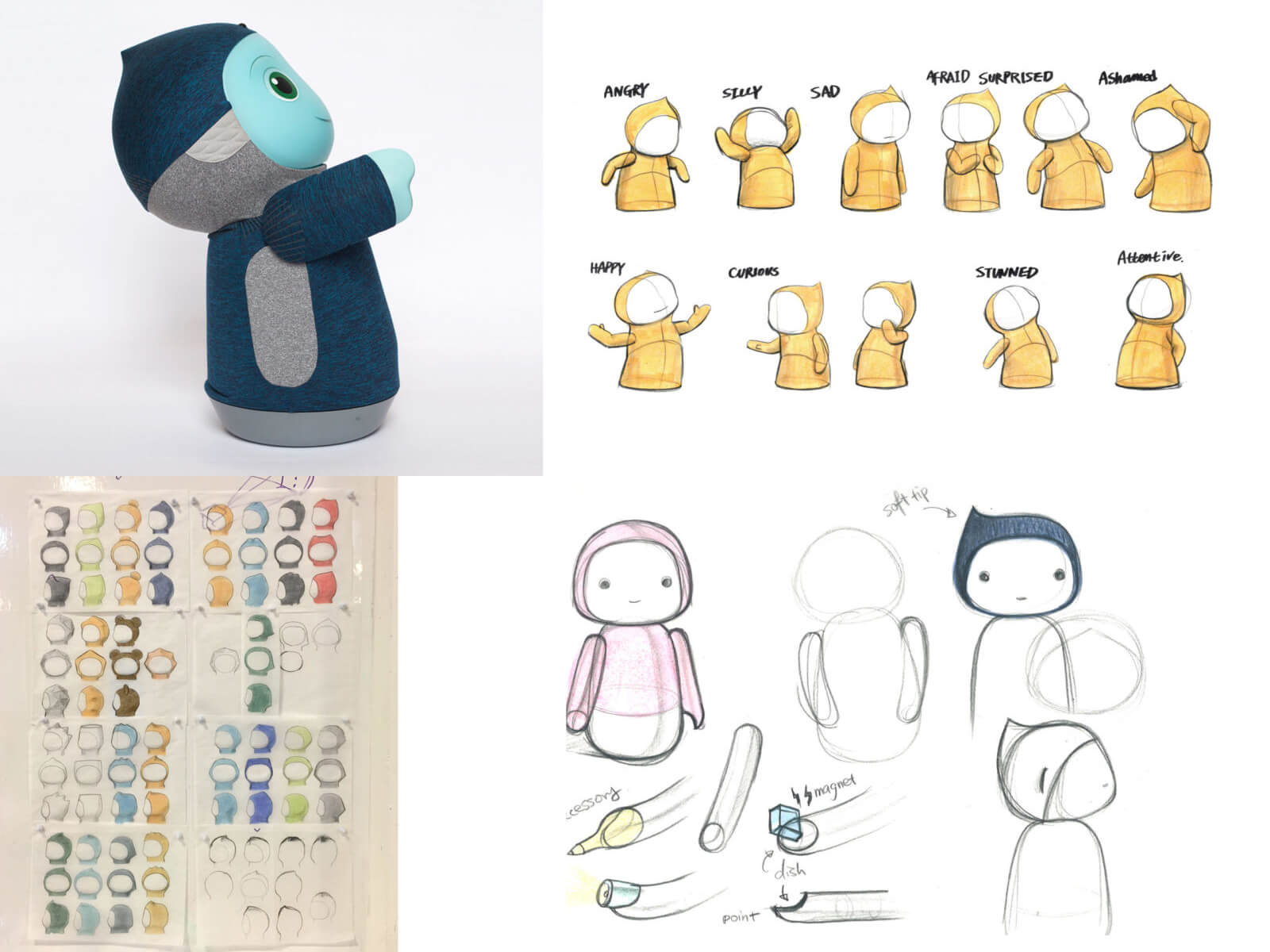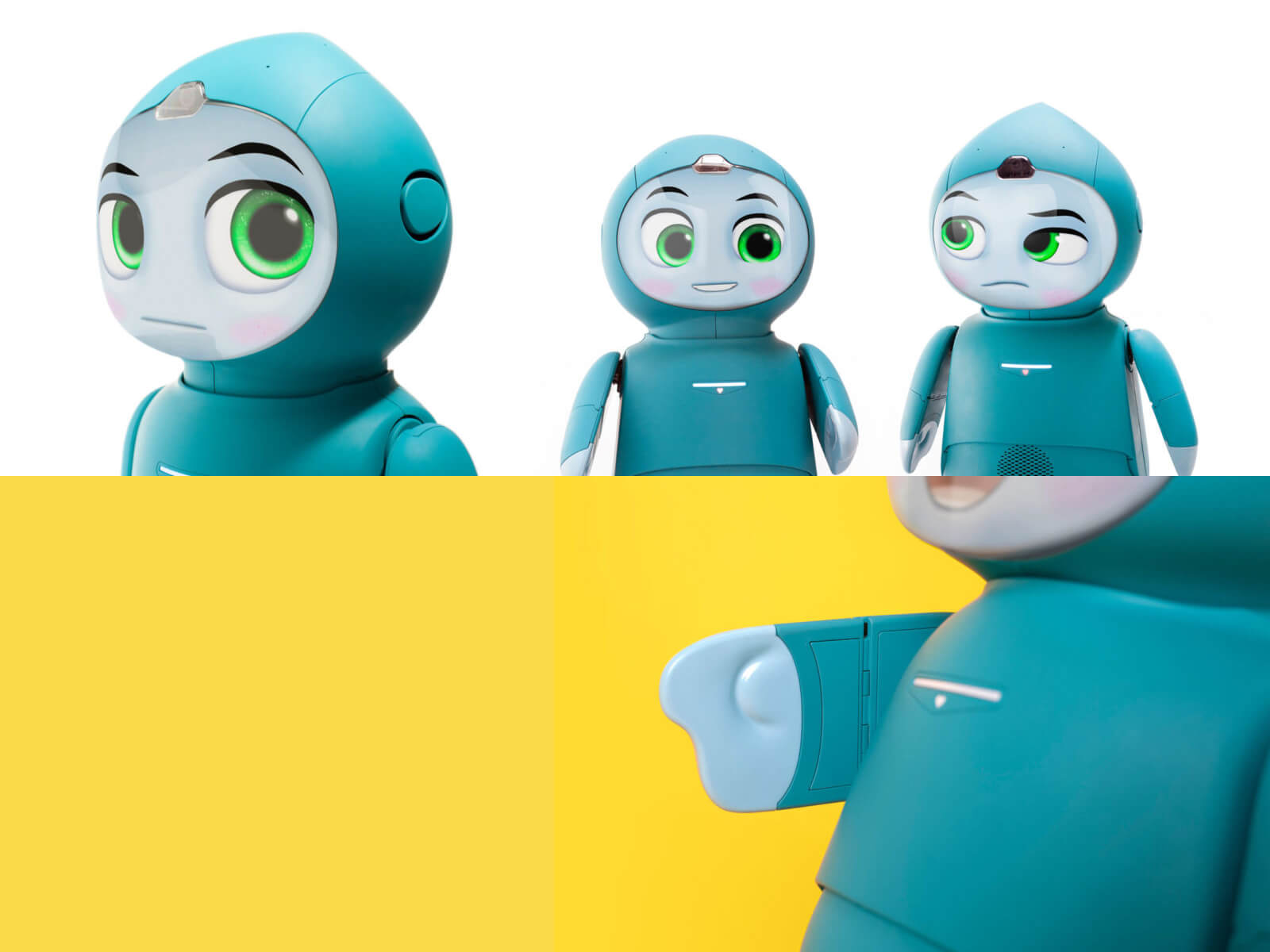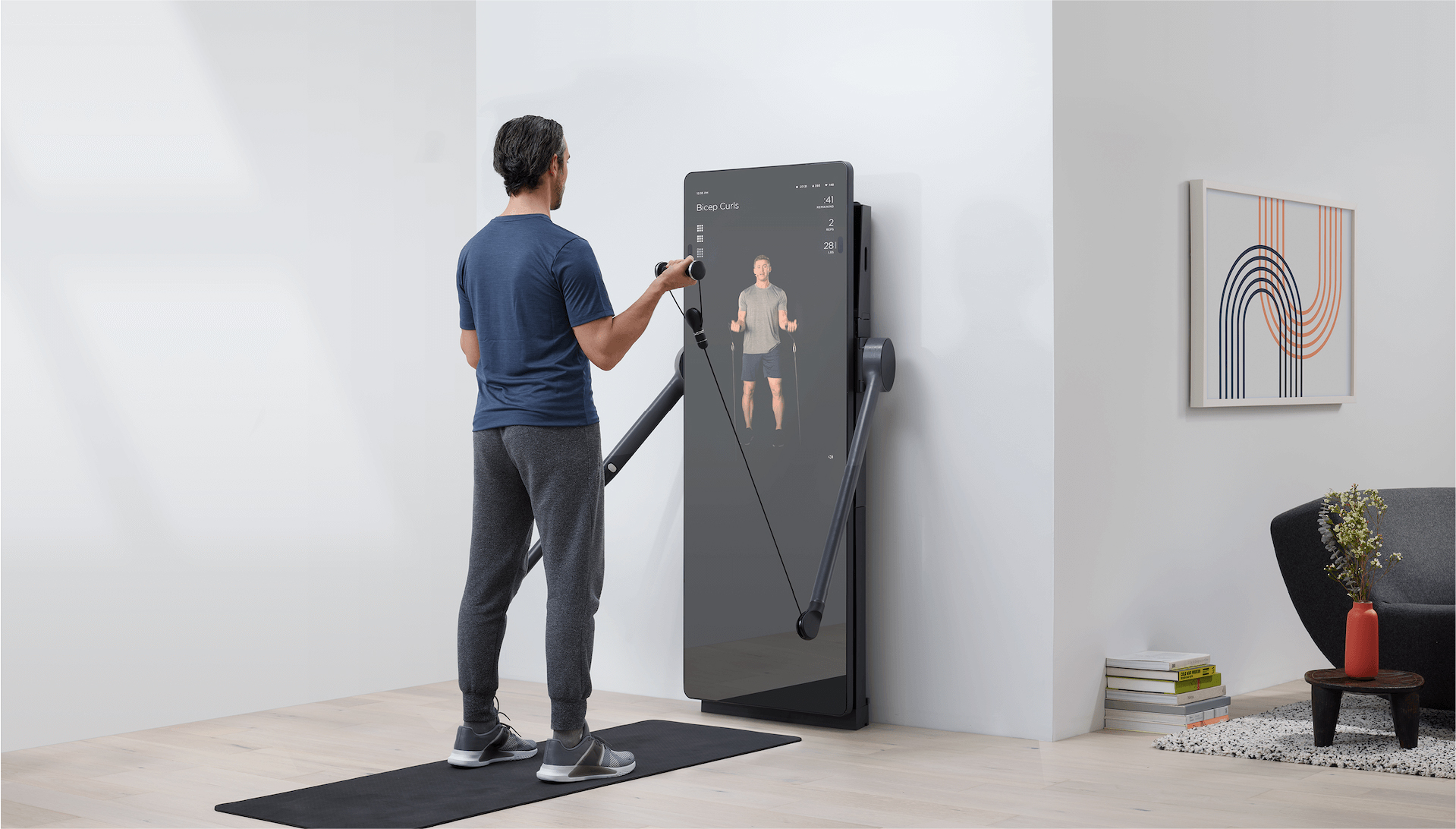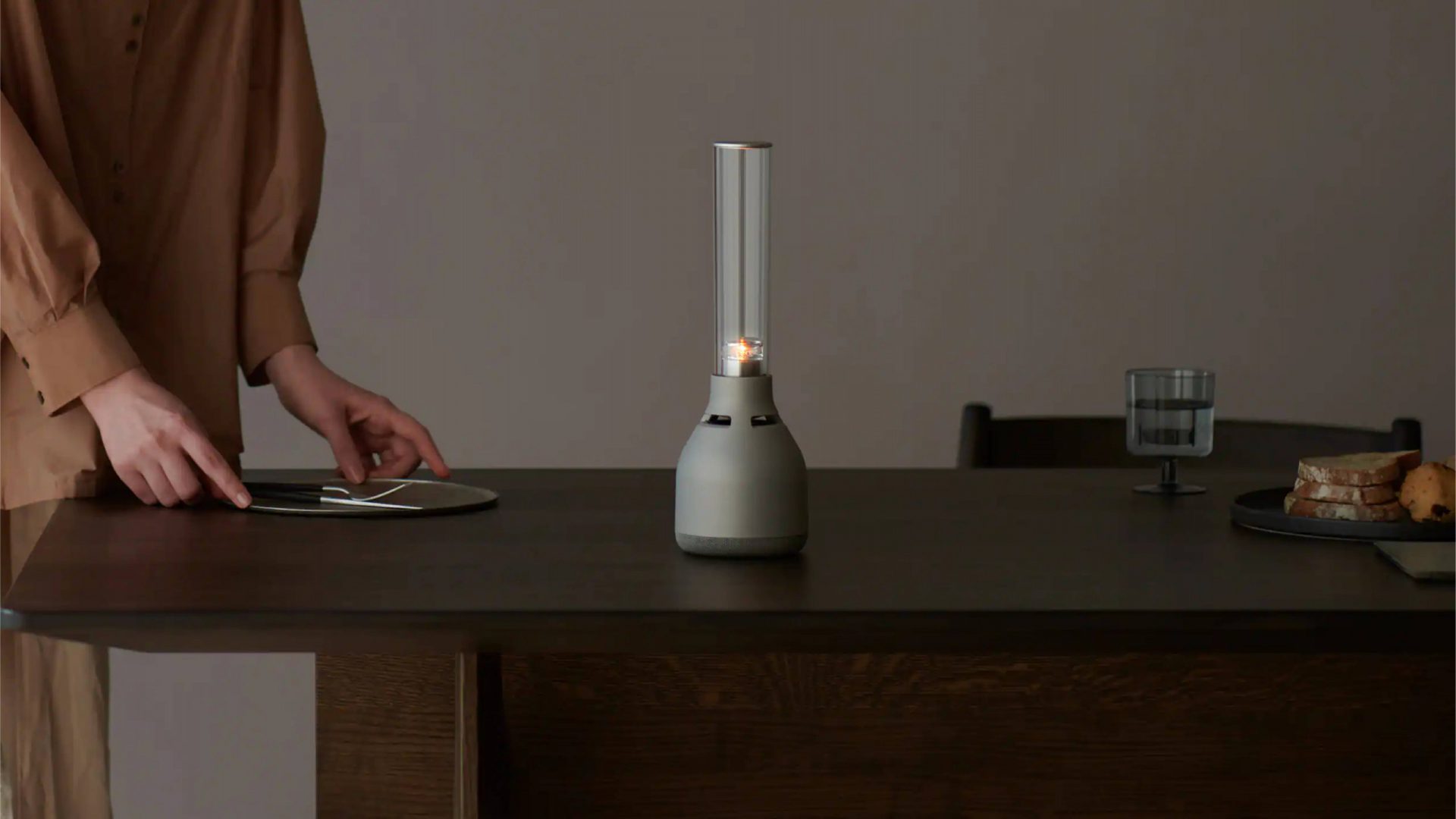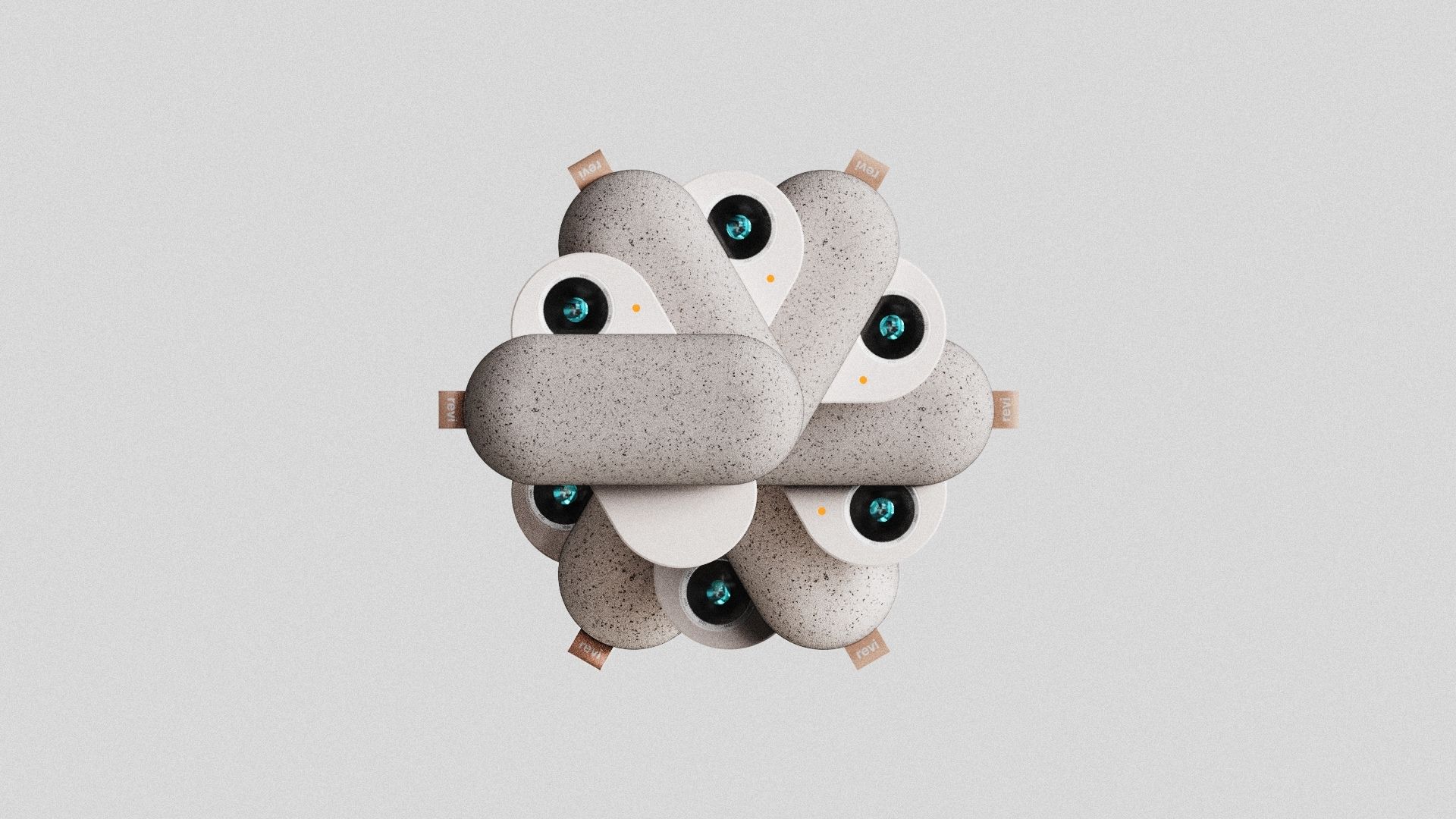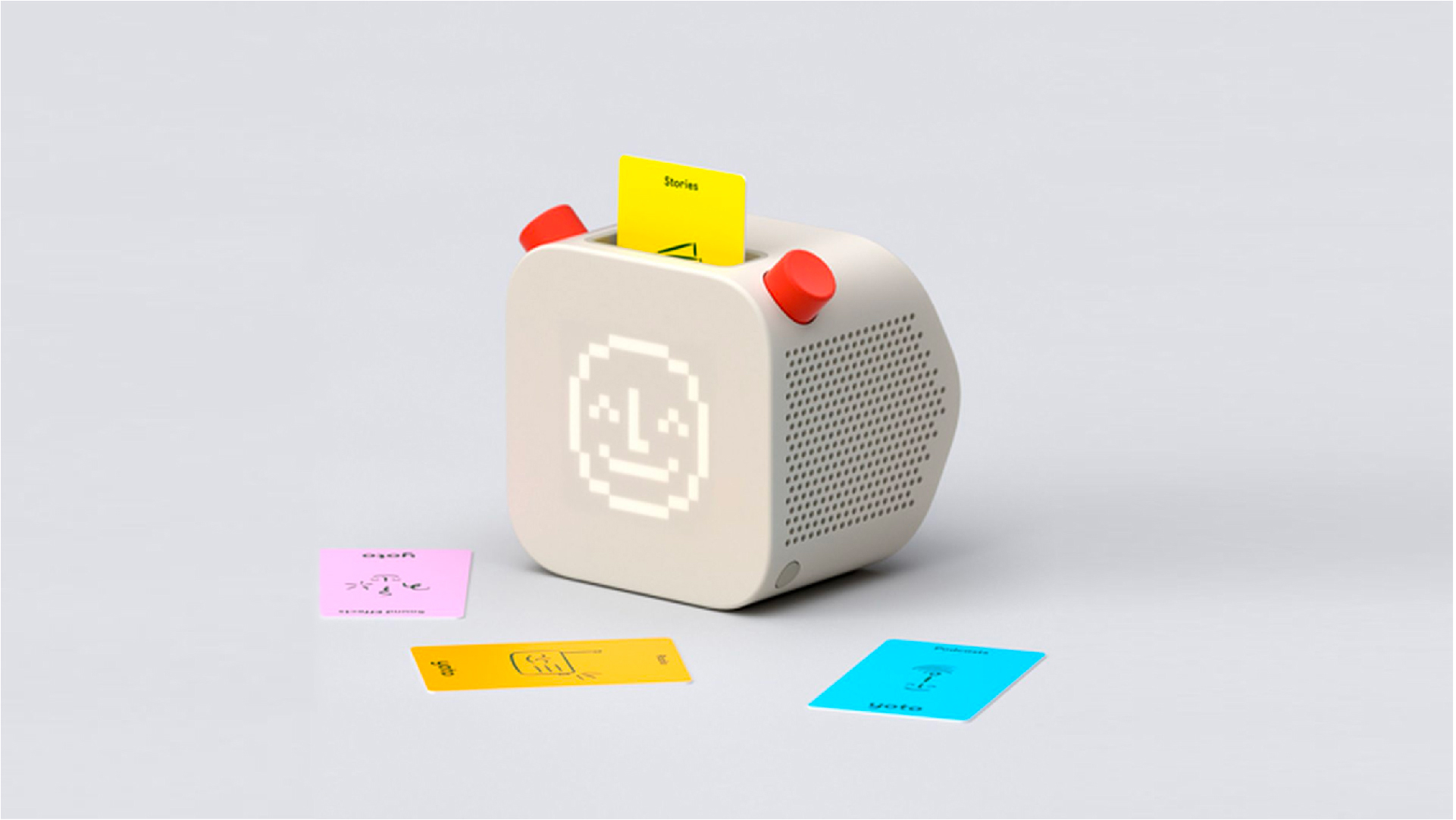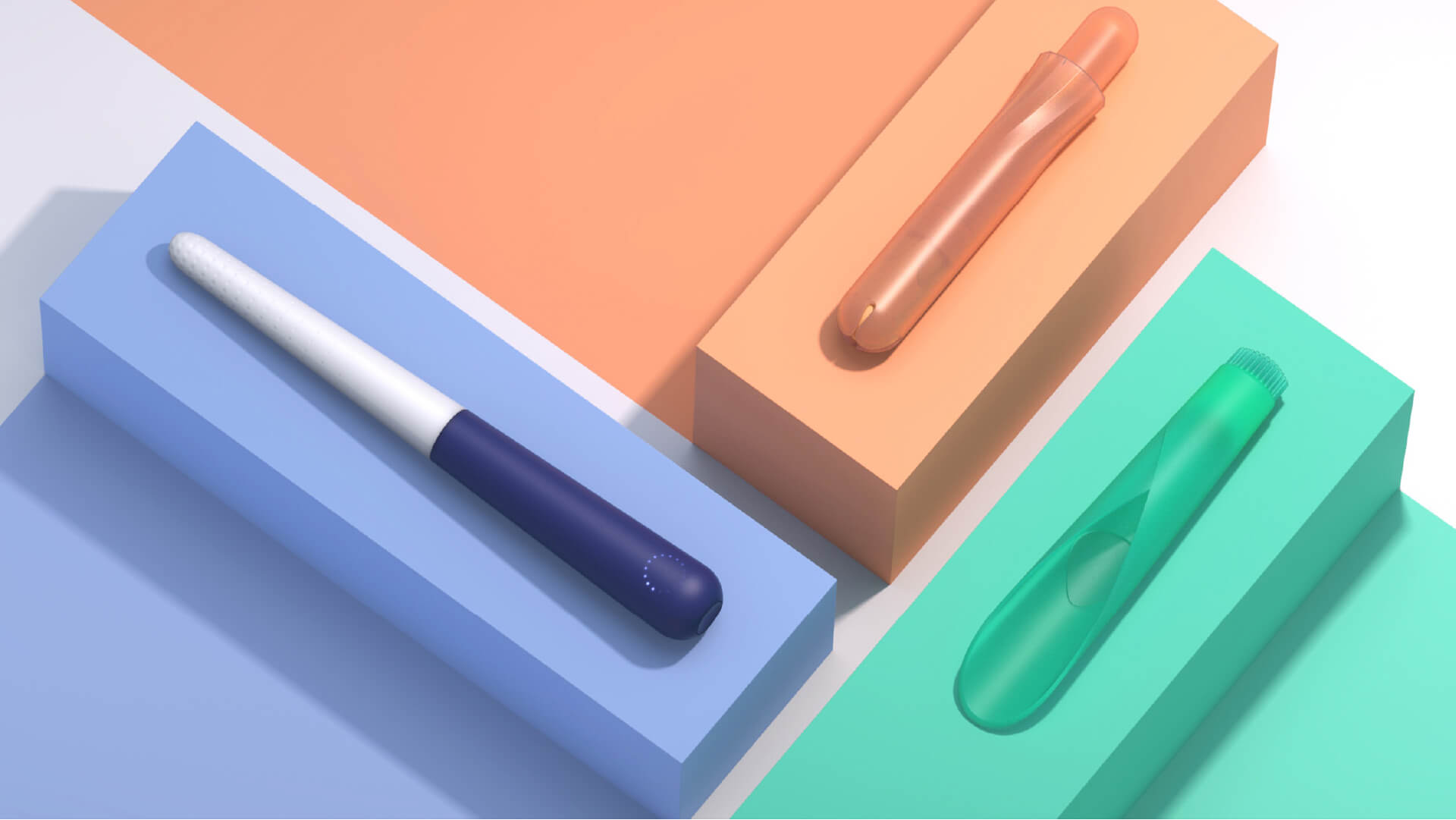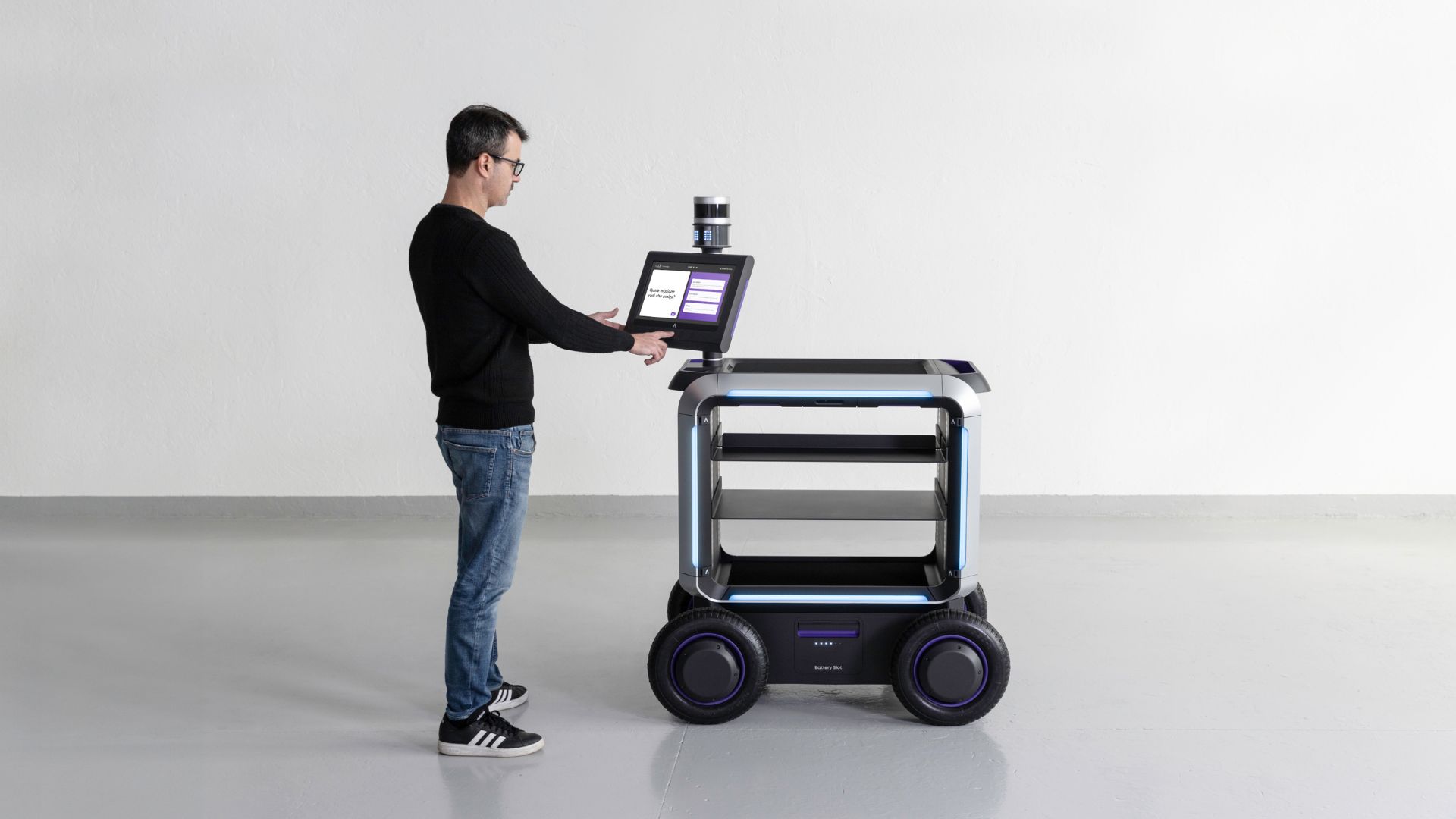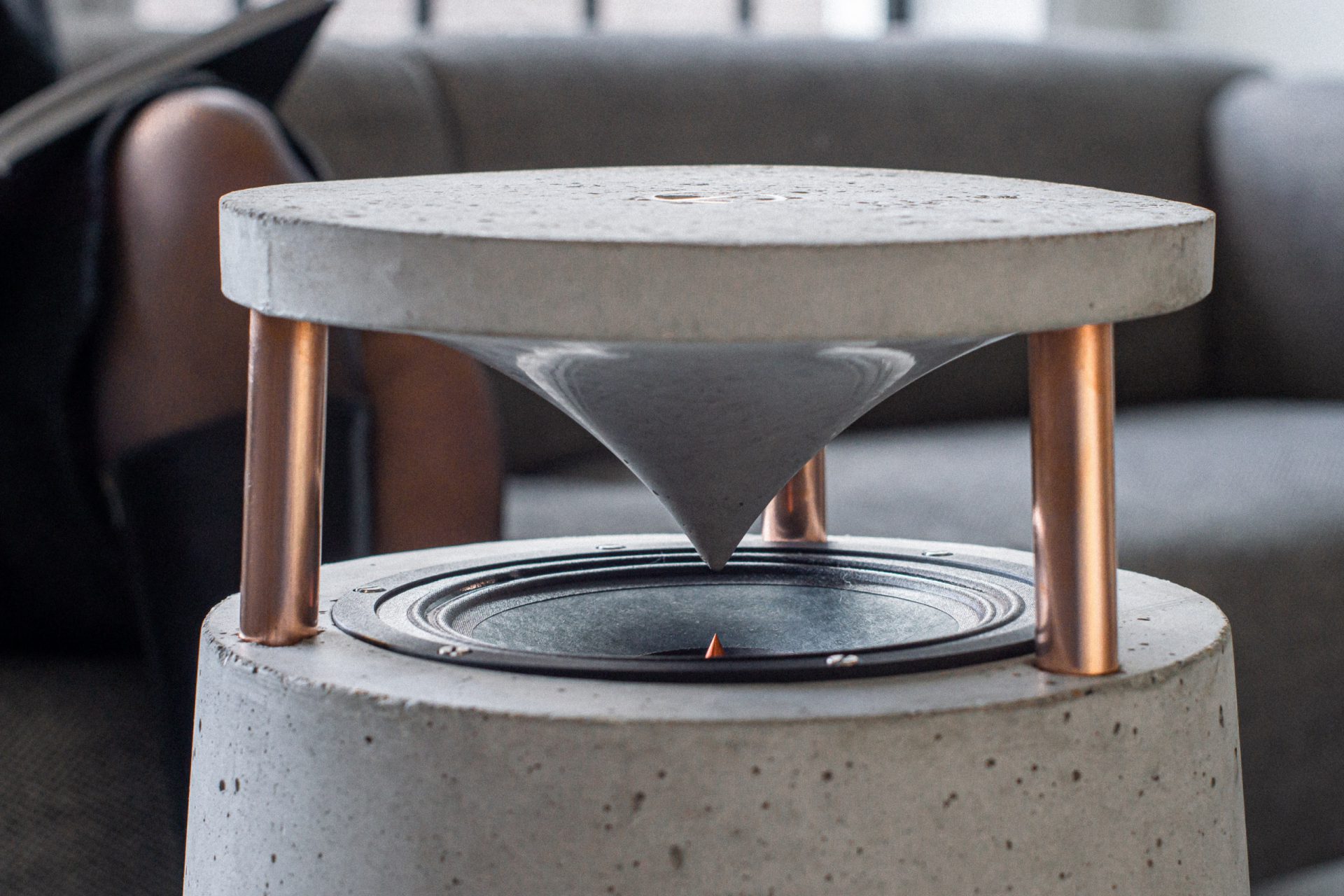Humanizing tech by design with Yves Béhar – Moxie by Embodied
Mental health problems among children worldwide are on the rise, alongside technologies that help people increase their happiness. However, we cannot improve our well-being without humanizing technologies: here is where designers can help.

According to the Child Mind Institute, more than 1 in 5 children could be affected by stress and some other type of mental disorder. Despite these concerning numbers, most of them are never diagnosed or treated due to stigmas, lack of providers, and health system barriers. During 2020 and the pandemic crisis, these numbers have increased. This is where Moxie comes into the game.
The primary effect of stress in kids is diverse, it can range from changes in sleep & eating patterns to mood and behavior changes. Children may also exhibit decreased interest in having fun or taking part in their favorite activities. Many children respond to stress by disengaging or isolating themself and are often easily distracted when worried. Moxie is a companion robot, developed by Embodied Inc, focused on helping children’s mental well-being by developing their social, emotional, and cognitive skills.
Gallery
Open full width
Open full width
Yves Béhar said: “Moxie is not a teacher and not an adult to give instruction. He learns from the child, empowered him to find it’s on space in the social context through conversations focused to build confidence“. Founder and CEO of the San Francisco-based Fuseproject, he helped Embodied to design Moxie to humanize a robot and build empathy by sharing feelings and connecting with the child in a meaningful way.
He continued with: “We worked collaboratively with Embodied for two years and a half to figure out how to bring this idea alive. We tried several different approaches, from mechatronics solutions to digital screens. We opted for the last one to represent the eyes’ best representation, the most critical part to ensure proper interaction and feelings representations.“
Having a realistic character is important to build empathy and a point of view and bring purpose. Moxie does this by building a little piece of social currency even through a little sketch. Moxie is not a robot to perform tasks, but to play a role, a companion role such as an actor, where the child is the protagonist of the story. Yves, and Fuseproject, are not new to working on robots, although Moxie represented a great opportunity and a dream project for every designer to humanize a complex ecosystem of technologies.
Humanizing by design is real and crucial today. When Yves moved from Switzerland to San Francisco, the openness of the west coast has been very liberating, however at the time technology was only a tool in the designer’s toolbox.

After a while of working in Lunar, Frog Design, and working for clients such as Apple or the XO laptop project, Yves started to see technology not anymore as a tool but as part of the process. This idea of an inclusive design and a multidisciplinary approach is what lead him to found Fuseproject.
Moxie by Embodied not only outlines the vision of Fuseproject but a business case too: it shows how the design represents both an expertise and a perspective, helping to humanize incredible technologies.

The robot is designed for children between five and ten years old. Along with the cost of Moxie itself, a monthly subscription to the Moxie ecosystem is also required and includes new missions, cloud storage for the data collected, and an accompanying app. In the app, parents can manage settings, get parenting tips, and even put in upcoming milestones, like the first day of school, so Moxie can help prepare the child.
The first robots will be starting to ship before the end of the year [2020]. Embodied has raised a total of $41 million from companies like Amazon, Intel, Sony, and Toyota (source: FastCompany).




